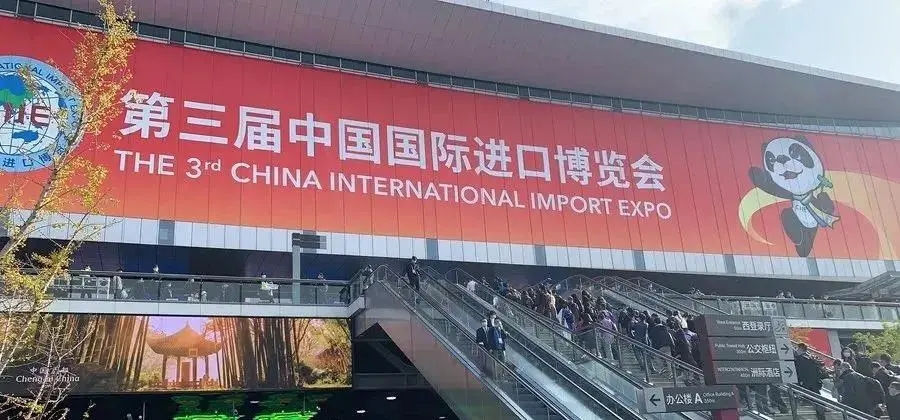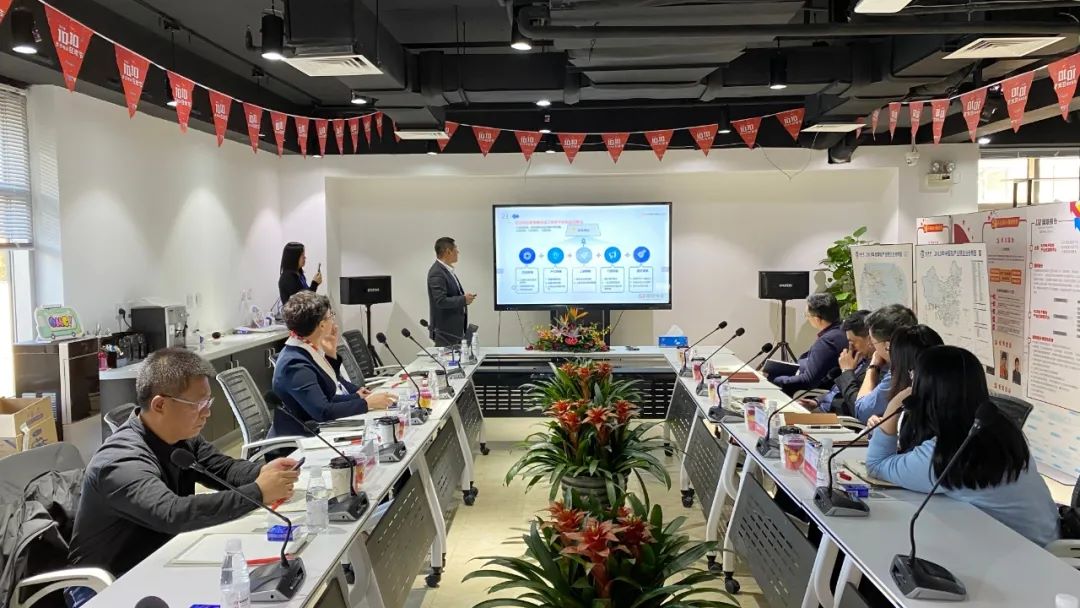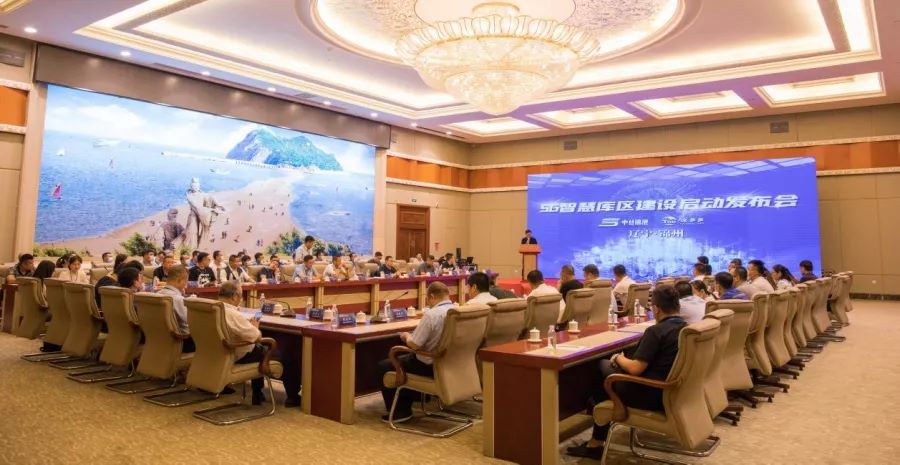Facing the double anti-dumping, how do Chinese tire companies position themselves in the global market?
Trump, who has been in office for more than a month, has never lost to anyone in making trouble. In early February, Trump signed the tariff sanctions bill, firing the "first shot" of trade sanctions against China.
Of course, including tires, the US sanctions have never stopped for a moment. The main source of tire imports in the United States is no longer China. The continuous anti-dumping and countervailing duties of the United States have also forced Chinese tire companies to build factories overseas and embark on the road of globalization.

The phased victory of Chinese tires is strong. The development history of China's tire industry is a history full of passion and struggle. Since the establishment of Sailun Vietnam in 2012, Chinese tire companies have rapidly risen in the global market, demonstrating strong competitiveness and innovation capabilities.
1. Super production capacity: the strong strength of Chinese tire companies
Chinese tire companies are not only numerous, but also have amazing production capacity. According to statistics, China has more than half of the top 75 tire companies, and these companies occupy an important position in the domestic and foreign markets. They have met the global market's demand for high-quality tires through continuous technological innovation and capacity expansion.
2. Global layout: the internationalization strategy of Chinese tire companies
Faced with anti-dumping and countervailing duties, Chinese tire companies are actively or passively advancing their global market layout rapidly. They have successfully entered many countries and regions by establishing production bases, R&D centers and sales networks overseas. This internationalization strategy not only improves the competitiveness of enterprises, but also provides more choices for global consumers.
3. Market expansion: the way for Chinese tire companies to make profits
Overseas markets are an important part of the profits of Chinese tire companies. In order to circumvent the anti-dumping and anti-subsidy policies, Chinese tire companies are forced to go overseas, such as Thailand, Vietnam, Cambodia, etc., only in this way can the price advantage of Chinese tire companies be ensured. Guarantee the huge production capacity and profits of Chinese tire companies.
If the price of Chinese tires becomes higher due to the anti-dumping and anti-subsidy policies, the sales volume of Chinese tires in overseas markets may be affected. Of course, the strategy of Chinese tire companies has not changed, whether in China or by transferring production capacity overseas.
Anti-dumping and anti-subsidy continue, but they are lonely. In recent years, European and American countries have implemented the so-called "anti-dumping and anti-subsidy" policy on Chinese tires. The original intention of this policy was to protect the interests of local tire companies and resist the import of low-priced tires. However, after years of implementation, the effect of the anti-dumping and anti-subsidy policies seems to be minimal. The position of Chinese tires in the global market remains solid, and even in the European and American markets, it is still unimpeded.
1. The anti-dumping and countervailing duties cannot kill Chinese tires in essence
The essence of the anti-dumping and countervailing duties policy is to resist the import of low-priced tires and protect the market share of local enterprises. However, this policy ignores an important fact: the competitiveness of Chinese tires in the global market is not only reflected in price, but also in quality, performance and service. Chinese tire companies have won the trust and favor of global consumers by continuously innovating and improving product quality.
2. China's overseas strategy has entered the 4.0 era
Faced with the pressure of the anti-dumping and countervailing duties policy, Chinese tire companies did not choose to retreat, but actively sought new ways out. Many companies choose to set up factories overseas, such as Thailand and Cambodia. Even if European and American countries impose anti-dumping and countervailing duties on overseas factory bases of Chinese tire companies, the cost is far less than building factories in these destination countries.
Therefore, in the face of anti-dumping and countervailing duties, Chinese tire companies will still look for other places as their overseas destinations. These overseas factories can not only circumvent the impact of the anti-dumping and countervailing duties policy, but also better serve the local market and meet the needs of consumers. Through the layout of overseas factories, Chinese tire companies have successfully bypassed the restrictions of the anti-dumping and countervailing duties policy and continue to occupy an important position in the global market.
3. Both sides also forced tire companies to globalize
The influence of Chinese tires in the global market cannot be underestimated. Whether in terms of sales or brand awareness, Chinese tire companies are constantly improving their competitiveness. Many internationally renowned brands have also begun to cooperate with Chinese tire companies to jointly develop new products and expand the market. Chinese tire companies have won the trust and favor of global consumers by continuously innovating and improving product quality.
Have Chinese tires really won? Chinese tire companies have shown strong resilience and innovation capabilities in the face of the pressure of the double anti-dumping policy. By setting up factories overseas, Chinese tire companies have successfully bypassed the restrictions of the double anti-dumping policy and continue to occupy an important position in the global market.
But this does not mean that the days of Chinese tires have become easier. The double anti-dumping policy has been implemented for many years, but its effect seems minimal. European and American countries may re-examine the effectiveness of this policy and consider taking more flexible and pragmatic measures. And there are problems with Chinese tires themselves, but the development momentum of the overseas market has covered up the problems.
1. Large production capacity and serious homogeneity
Chinese tire companies occupy an important position in the global market and have huge production capacity. However, serious homogeneity has become a bottleneck for the development of enterprises. Many companies lack innovation in product design, production technology, etc., resulting in a large number of similar products flooding the market. This phenomenon not only reduces the competitiveness of companies, but also makes consumers doubt the quality of products.
2. There is development in opening up overseas markets, but it may face saturation in the future
Although the overseas market provides a broad space for development for Chinese tire companies, the saturation of the future market is an issue that cannot be ignored. As more and more companies pour into the international market, competition will become more intense. Once the overseas market is saturated, companies will face an involutionary situation similar to that in China, and the profit margin will be further compressed.
3. Prices cannot go up and costs cannot go down
Chinese tire companies lack competitiveness in price. Although product prices are relatively low, due to high costs, it is difficult for companies to make more profits by raising prices. The main reasons for the inability to reduce costs include rising raw material prices and increased labor costs. In this case, companies can only attract customers through low-price strategies, but this undoubtedly limits their market ceiling.
4. Trade conflicts will only intensify
In recent years, Europe and the United States and other countries have implemented double-reverse policies (anti-dumping and anti-subsidy) against Chinese tire companies, which has had a serious impact on the export business of companies. The anti-dumping and countervailing policies not only increase the operating costs of enterprises, but also make enterprises face more uncertainties in the international market. In order to meet this challenge, enterprises need to continue to innovate and improve the added value of products to enhance their competitiveness.
From products to brands to services, every step is closely catching up with tire giants. Although it is empty talk to say that there is no gap with international big brands, more and more consumers recognize and are willing to support Chinese tires, which is the best proof that Chinese tires have gotten rid of scattered, chaotic and poor.
As the elimination of backward production capacity gradually comes to an end, the "V-shaped cluster" of China's tire industry has been formed, and the leading enterprises have more energy to fight with overseas tire companies in the high-end market - even if the road ahead is not smooth, we believe that as long as we focus on quality and technology, the future of Chinese tires will still be infinitely exciting!
- Домашний рынок PCR: Тенденция TBR постепенно появляется902
- Глубокий анализ результатов работы Michelin за первый квартал 2025 года: вызовы и возможности сосуществуют995
- Анализ влияния отмены тарифов США на китайский рынок шин1080
- Индустрия шин нового энергетического транспорта имеет яркие перспективы, но сталкивается с множеством вызовов918
- Продажи легких грузовиков стремительно растут, шинная промышленность вступает в новую эру970









